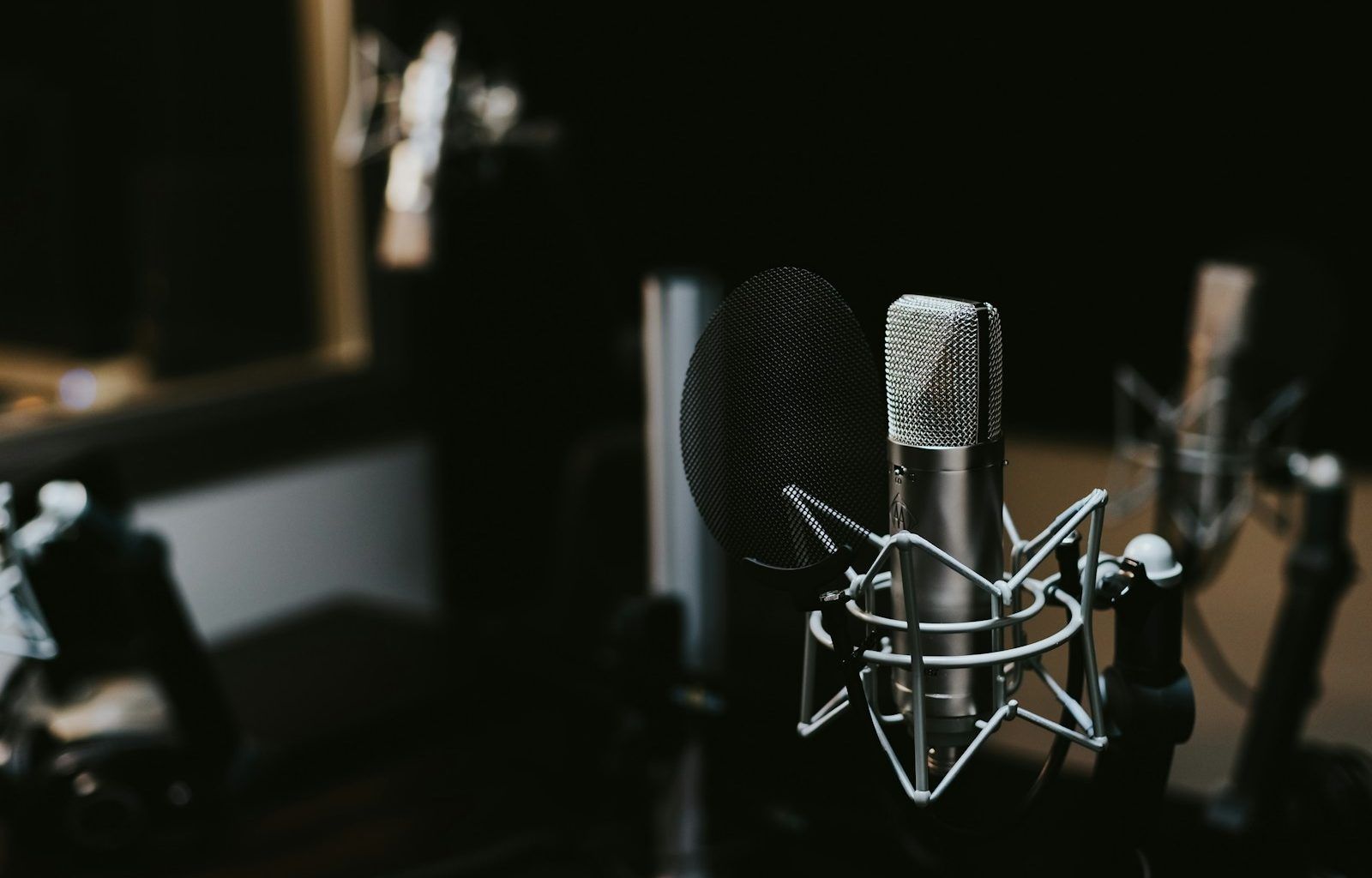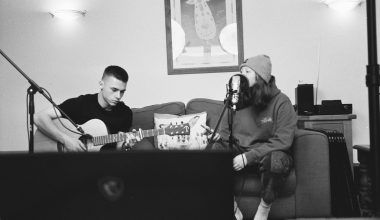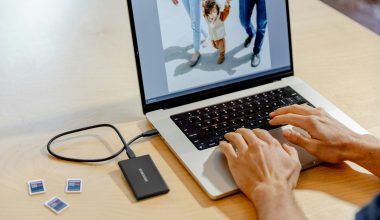Creating a home music studio is an exciting journey, whether you’re a budding musician, a professional producer, or someone who just loves the art of sound. Having your own creative space allows you to make music anytime inspiration strikes. And the best part? You can tailor it to fit your style, budget, and needs. In this blog, we’ll explore various home music studio ideas that can help you create the perfect setup. Let’s get started!
Why Build a Home Music Studio?
The benefits of a home music studio go beyond convenience. First, it provides you with a private space to express your creativity. Instead of booking expensive studio hours, you can work on your music without any time constraints. Plus, it’s a fantastic way to save money in the long run. Home studios also let you experiment with different setups and gear to find what works best for you.
If you’re passionate about music, building a studio at home might just be the best investment you make. Let’s look at how you can turn this dream into reality.
Choosing the Right Space
Before you dive into buying equipment, the first thing to consider is where your studio will go. Do you have a spare room, a basement, or even a corner in your living room? The space you choose will shape how you design your studio.
If you’re working with a small area, don’t worry. Many home music studio ideas are perfect for compact spaces. A corner desk and some well-placed acoustic panels can go a long way. On the other hand, if you’re fortunate enough to have a dedicated room, you can transform it into a professional-grade studio with just a bit of effort.
Acoustic Treatment Basics
Sound quality is everything in a music studio. Even the most expensive equipment won’t perform well in a poorly treated room. Acoustic treatment helps you control sound reflections and echoes, making your recordings clearer and more professional.
Start with bass traps in the corners of the room. These absorb low-frequency sound waves, which often cause issues in small spaces. Next, add acoustic panels to the walls to reduce mid- and high-frequency reflections. Finally, consider a rug or carpet to minimize floor reflections.
With these simple tweaks, your room will sound much better—and you’ll notice the difference right away.
Essential Equipment for Your Home Studio
Once your space is ready, it’s time to think about equipment. The key here is to focus on quality over quantity. You don’t need every gadget under the sun; just a few essentials will do.
1. Computer and Software
A reliable computer is the backbone of any home music studio. Whether you’re recording vocals or producing beats, you’ll need a machine that can handle your workload. Pair it with a Digital Audio Workstation (DAW) like Ableton Live, Logic Pro, or FL Studio. Most DAWs are user-friendly and come with built-in tools to get you started.
2. Audio Interface
An audio interface is what connects your instruments and microphones to your computer. It’s essential for recording high-quality sound. Look for one with enough inputs and outputs to suit your needs. For beginners, a simple 2-in/2-out interface is a great choice.
3. Microphones
Microphones come in many shapes and sizes, but a good condenser mic is a must-have for most home studios. It’s perfect for recording vocals and acoustic instruments. If you’re planning to record podcasts or voiceovers, consider adding a dynamic microphone to your setup.
4. Studio Monitors and Headphones
Good sound monitoring is crucial. Studio monitors (speakers) give you an accurate representation of your music, while headphones let you focus on details. Invest in quality gear to ensure your mixes sound great on any device.
5. MIDI Keyboard
If you’re into music production, a MIDI keyboard is invaluable. It allows you to play virtual instruments and create melodies easily. Even a compact 25-key keyboard can make a big difference in your workflow.
Budget-Friendly Home Music Studio Ideas
You don’t need to spend a fortune to build a functional music studio. Here are some tips for setting up a studio on a budget:
- Start Small: Focus on essential equipment and upgrade as you grow.
- DIY Acoustic Treatment: Use thick curtains, bookshelves, or even egg cartons to improve your room’s acoustics.
- Buy Used Gear: Check out online marketplaces for second-hand equipment in good condition.
- Use Free Software: Many DAWs offer free versions or trials, which are perfect for beginners.
By being resourceful, you can create a studio that meets your needs without breaking the bank.
Organizing Your Studio
A cluttered studio can hinder your creativity. Keep things tidy by investing in a good desk and storage solutions. Cable management is also essential. Use Velcro straps or cable organizers to keep wires out of the way.
Consider labeling your equipment and cables for easy access. This might seem like a small detail, but it makes a big difference when you’re in the middle of a session.
Adding a Personal Touch
Your studio should feel like a reflection of you. Add personal touches like artwork, LED lights, or a comfortable chair to make the space inviting. The more comfortable you feel in your studio, the more inspired you’ll be to create music.
Expanding Your Setup Over Time
Once you’ve got the basics down, you can start adding more gear to your studio. Think about getting:
- Additional Microphones: For different recording scenarios.
- Outboard Gear: Like preamps and compressors to enhance your sound.
- Instruments: Whether it’s a guitar, drum set, or synth, adding instruments can broaden your creative options.
- Plugins: Expand your DAW’s capabilities with virtual instruments and effects.
Upgrading gradually lets you learn each piece of gear thoroughly, so you can use it to its full potential.
Staying Inspired
A home music studio is more than just a workspace—it’s a place where creativity flows. To keep the inspiration alive, try these tips:
- Experiment: Don’t be afraid to try new techniques or sounds.
- Collaborate: Invite friends or fellow musicians over to jam.
- Take Breaks: Step away when you feel stuck. A fresh perspective works wonders.
- Stay Organized: A well-maintained studio helps you focus on what matters—making music.
Conclusion
Building a home music studio is a rewarding experience. With the right planning and equipment, you can create a space that fuels your creativity and helps you grow as a musician. Whether you’re working with a small budget or dreaming big, these home music studio ideas will guide you every step of the way. Now, it’s time to start building your dream studio—and let the music begin!
For further reading, explore these related articles:
- The Magic Behind “Easy on Me Lyrics”: An Insightful Dive
- Understanding the Emotions Behind “Always Remember Us This Way” Lyrics
For additional resources on music marketing and distribution, visit DMT Records Pvt. Ltd..






